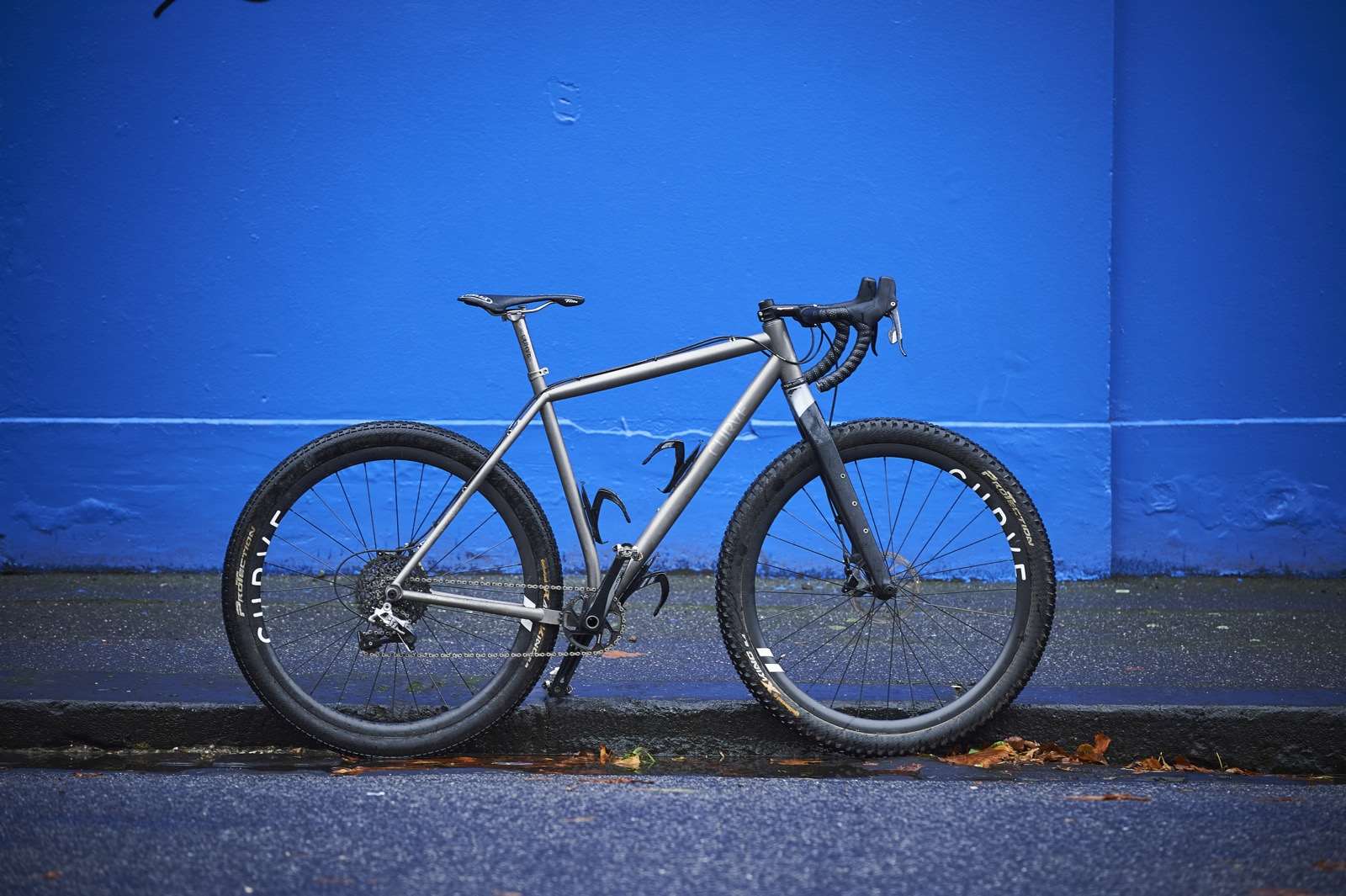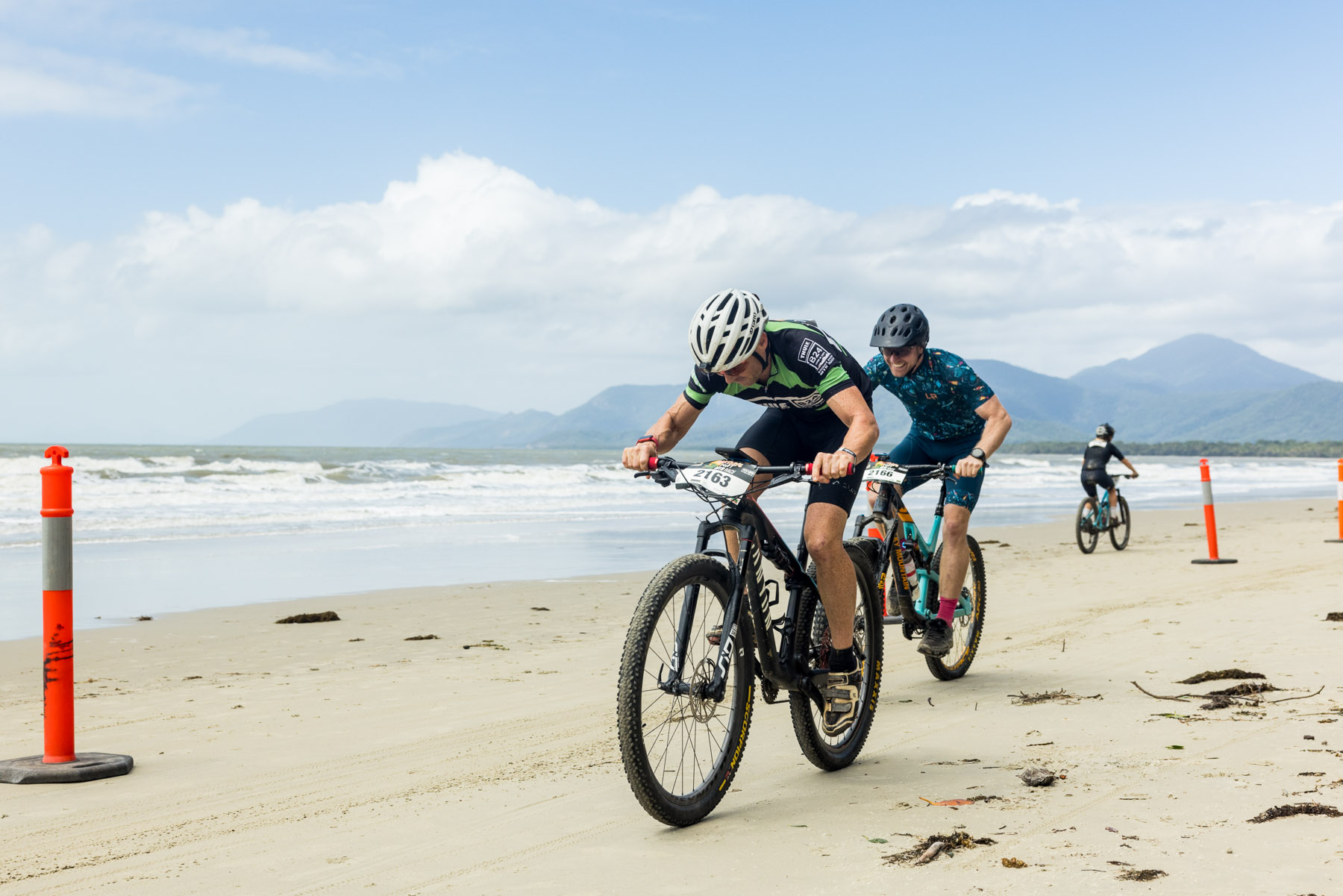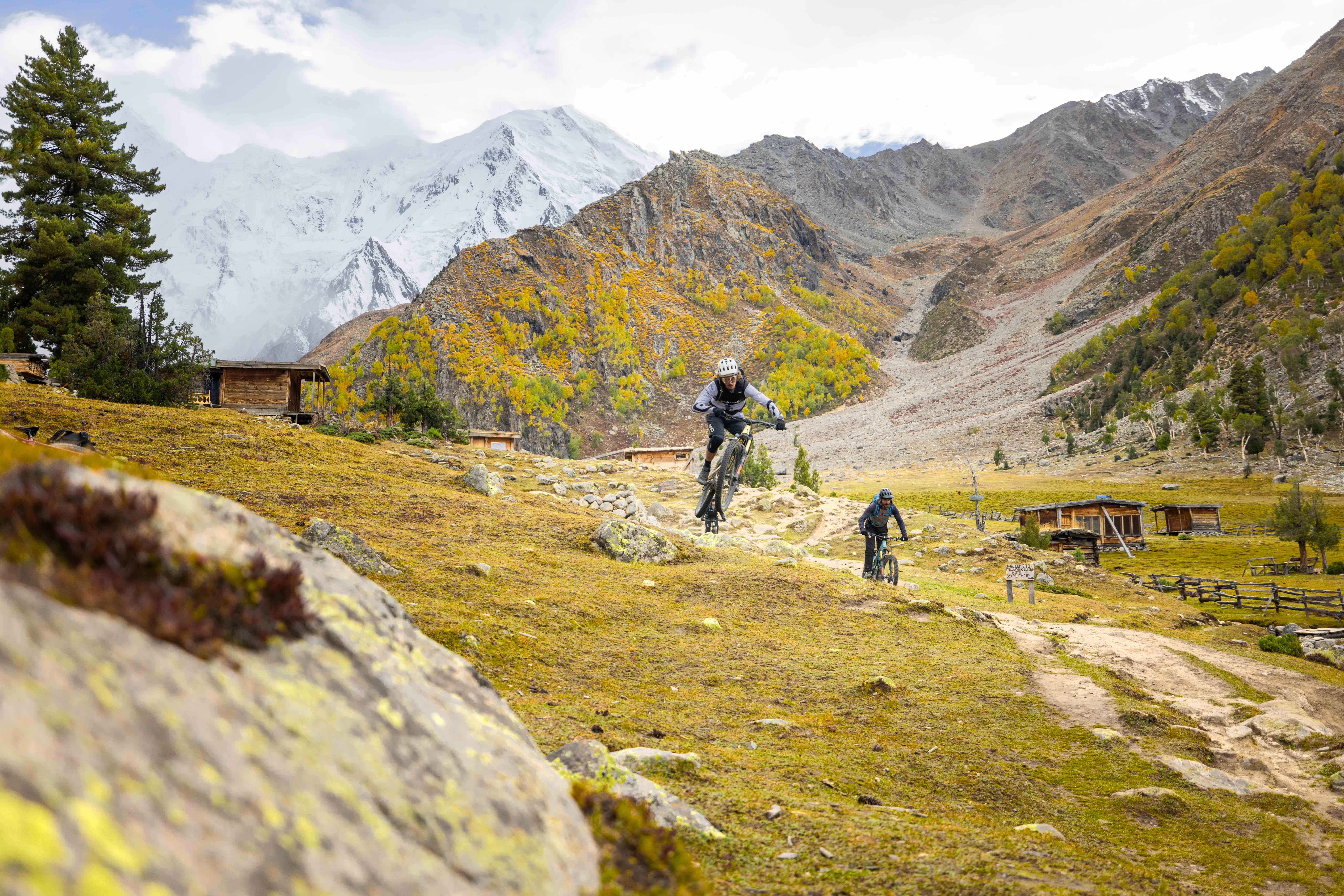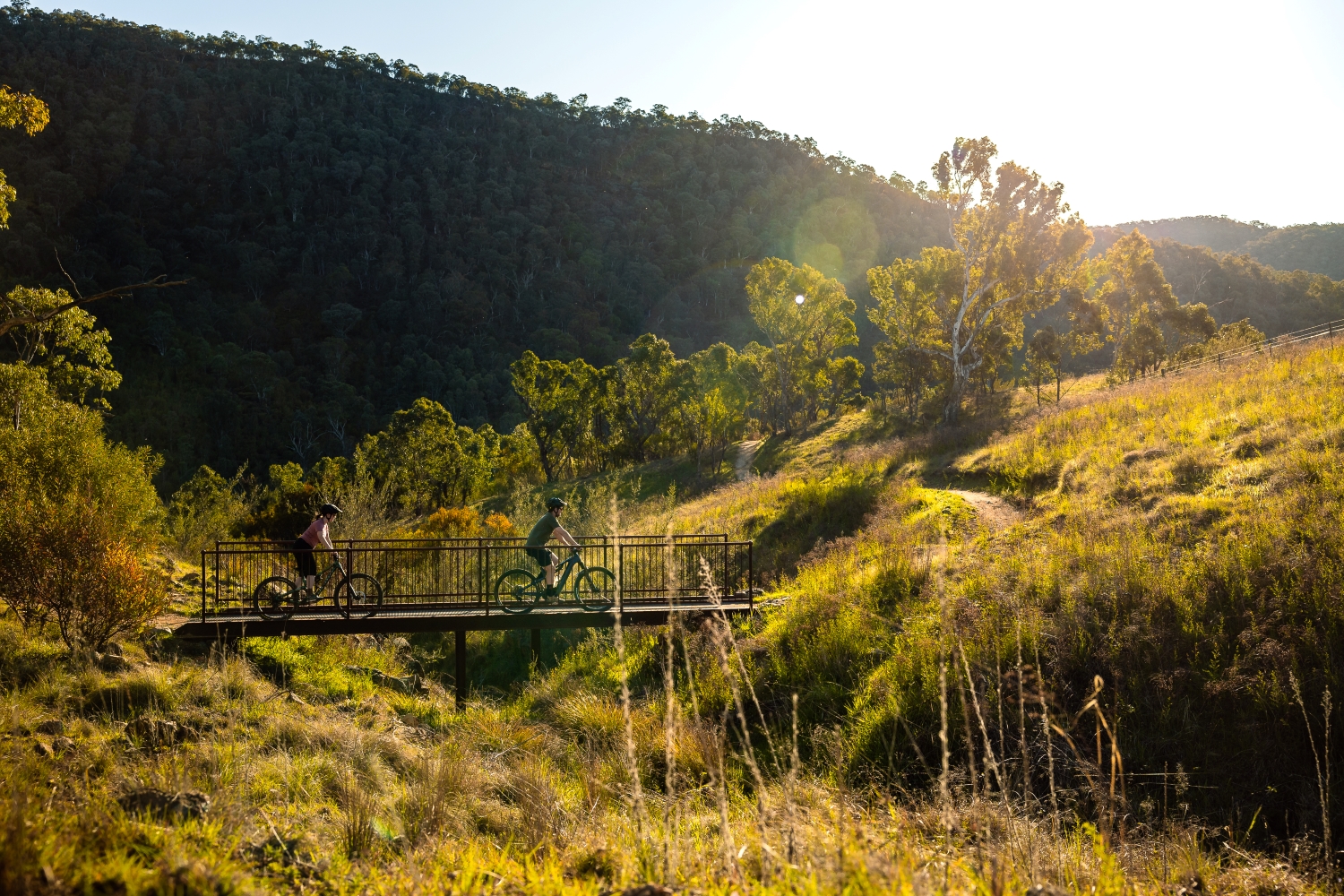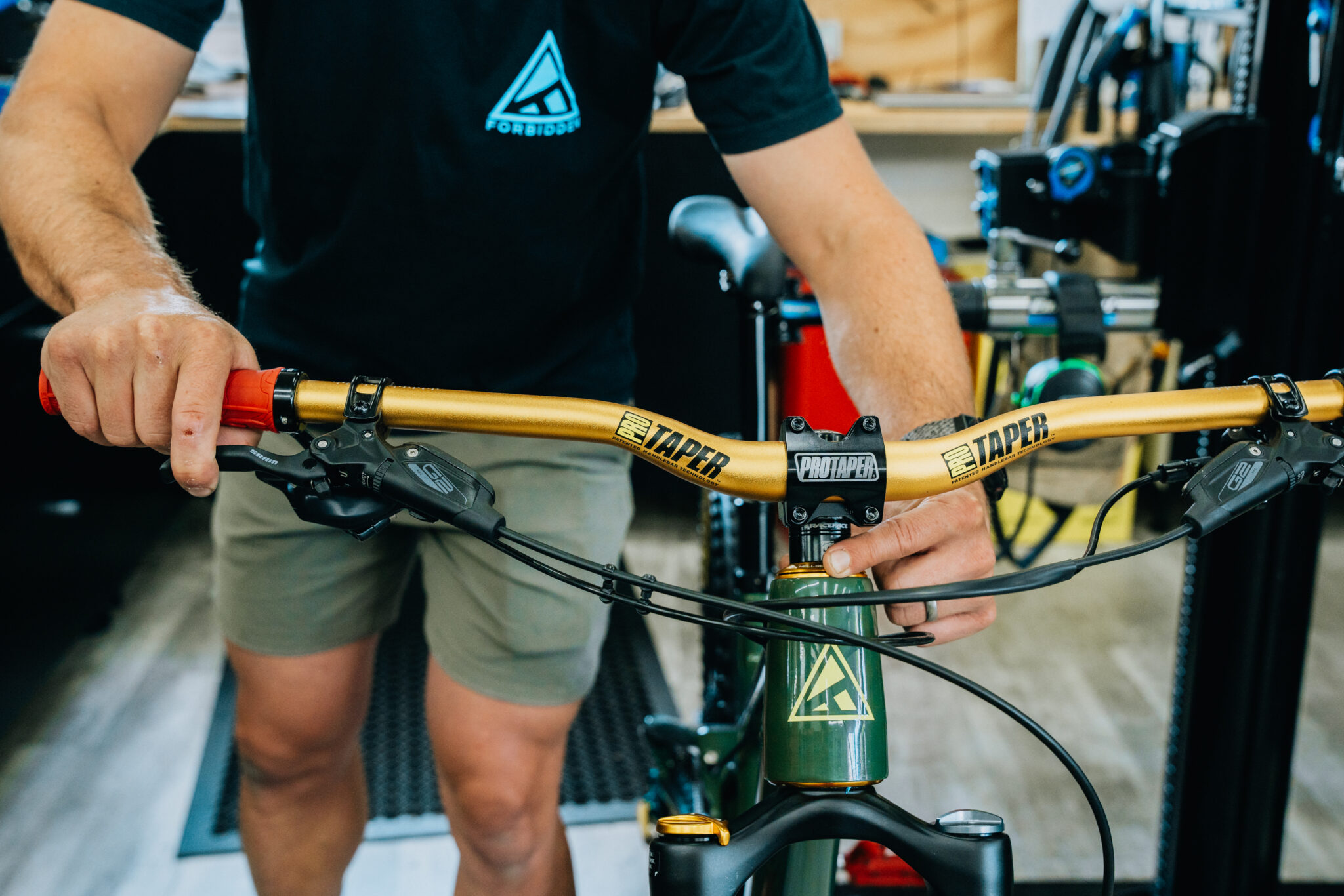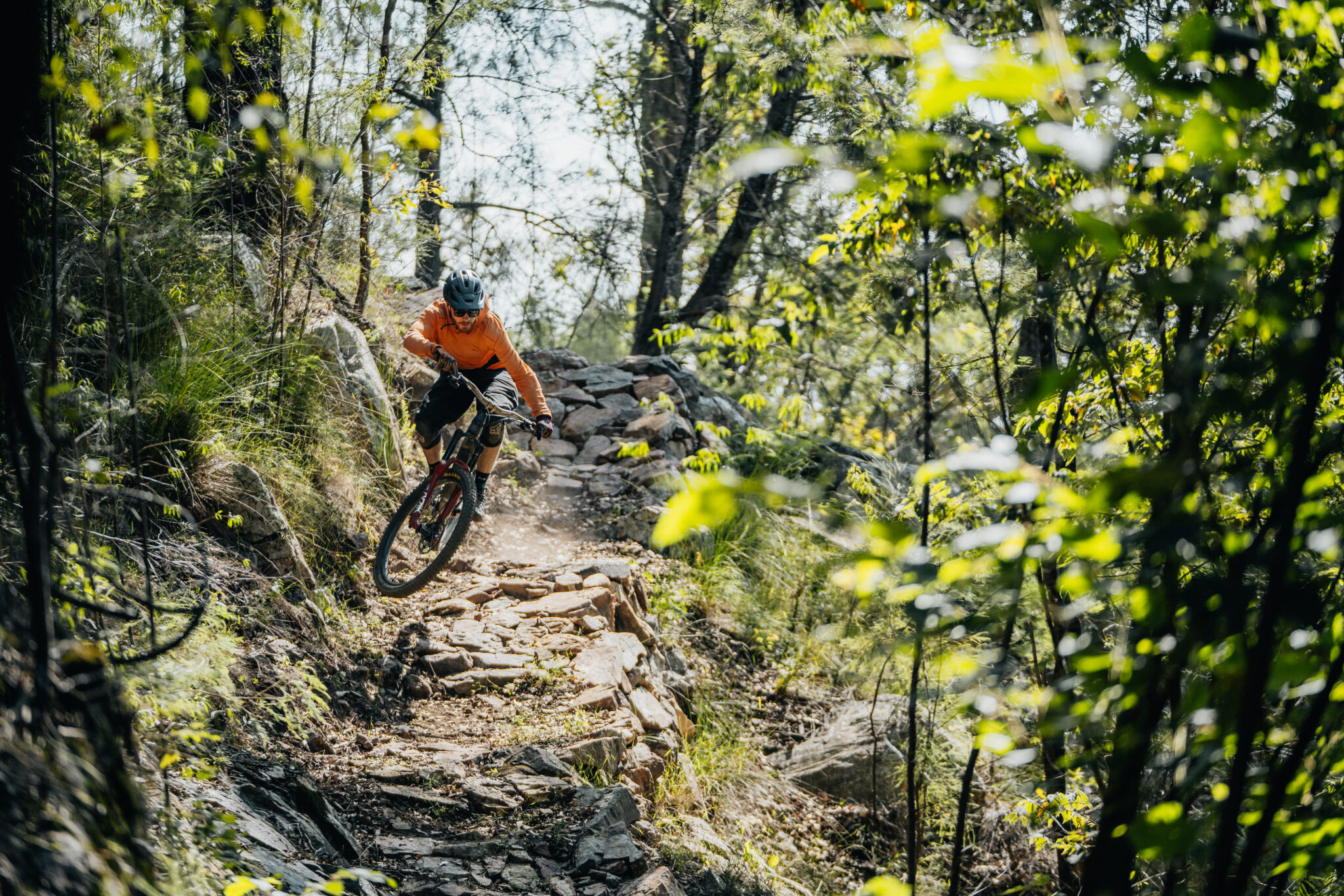TESTED: Curve GMX monster cross bike
What's a bike if it's not a cyclocross bike, a mountain bike, or even a gravel bike? It could just be a monster crosser, like the Curve GMX.
Words: Brodie Chapman
Images: Andrew Railton
In 1897 Jerome Murif rode his bicycle form Adelaide to Darwin through the middle of Australia. He was the first of many who would attempt this trip, and was one of the pioneers of long distance bikepacking. 1914 saw Ted Ryko prepare for his record-breaking 3000km, 28-day expedition from Adelaide to Darwin with not a bitumen road in sight. Billie Samuels had to carry her bike through knee-deep mud and face monstrous headwinds when she rode from Melbourne to Sydney in 1934. In 1937, Hubert ‘Oppy’ Opperman rode from Fremantle to Sydney tackling rough dirt tracks, thick mud and long sections of soft sand. Bikepacking is no new feat, but adventure enthusiasts these days are lucky to have innovation and technology to make the perfect tools for the job.
Jesse Carlsson is the winner of the Trans-Am bike race, second-place getter in the Tour Divide, endurance specialist and the ideas man behind the Curve Monster Cross, or ‘GMX’ (Gravel Monster Cross) as it has become affectionately known. Jesse spends a lot of his spare time reading up on the men and women who forged their way across the country on two wheels, which were basically nothing more than steel fixed gear bikes. These riders tackled the harshest of conditions, unformed trail, rocks, sand and mountains that many of us would struggle to comprehend getting through in our four-wheel drives let alone fixies. Stories about the likes of Murif and Ryko got Jesse thinking about what sort of bike these guys might choose to do the same ride today. What would be the perfect bike for a gruelling mission across the desert? What type of bike would be able to cope with these sorts of conditions but would be suited to weeks or months in the saddle? With these stories and the recent popularity of ‘gravel grinding’, we have seen roadies and mountain bikers alike seeking a new breed of bicycle. Together with Steve Varga and Adam Lana, the trio of cycling enthusiasts at Curve Cycling conjured up a Gravel Monster Cross, something never quite seen in the industry before. Is it a mountain bike? Is it a beefed up cycloross bike? From what I gathered the GMX is nothing short of an ‘adventure’ bike, and who doesn’t want adventure?
Curve Cycling is the brainchild of Steve Varga and Jesse Carlsson. Steve has had a long history racing, riding and working on 2 wheels. Steve's background in furniture design and manufacturing helped form Curve’s ethos for well-designed, solid products designed and made for purpose. Jesse Carlsson is a former BMX world champ with a PhD in physics and is well known in the MTB community for his adventure riding and solo racing prowess. Adam Lana comes from a downhill background and recently raced the Dirty Gran Fondo on the GMX prototype.
Curve started with manufacturing UCI approved carbon wheels for road, cyclocross and mountain biking, and then expanded into designing and creating titanium frames. Curve have made waves on the budding cyclocross scene within Australia as well as having many elite level mountain bikers racing on their wheels. The Curve GMX is a new addition to the line-up, and I struck gold (titanium?) when I was invited to put the first prototype to the test for AMB.
FIRST IMPRESSIOSN OF THE GMX
The Monster Cross boasts a brushed titanium frame to keep weight low while offering the strength and durability this wonder metal is known for. A compliant material such as Ti is ideal for a bike you are taking across varied terrain, but still stiff enough through the BB to give a good amount of power transfer, a design feature they borrowed from their ‘Belgie’ road bike. I like the idea that with robust titanium, a mild bike-throwing tantrum in a moment of false defeat won’t leave you with fractured carbon and a pile of bags in the middle of nowhere. The geometry of the GMX according to Curves’ research is completely unique. It seems that most other "Monster Cross" inspired bikes are built around 29er geometry and in effect retain the 29er style and stand over height including a sloping top tube. Curve admitted to totally ignoring any usual stand over "rules" and increased the usable cargo area of the front triangle by making it as large as possible, accommodating bikepacking bags, multiple bottle cages or whatever other cargo configuration you can come up with. On the 54cm I was riding, BB drop measured 72mm in order to keep the centre of gravity as low as possible while keeping the handling nimble. 29er BB drop is normally 58mm-63mm and CX BB drop is normally 65mm-68mm. So the as a result of the combination of wanting more of a CX handling with 29er tyre ride height, 72mm proved to be the sweet spot.
A closer look at the GMX reveals other subtle design features to accommodate cargo without taking away from the agility of the bike. Yet to be released, the GMX has its own saddle bag in production that will mount directly into the frame to help eliminate annoying saddle bag swing and will fit a sizeable amount of gear in it. The seat collar has the pinch bolt fitted to the front of the seat tube to give extra reinforcement when a standard oversized saddle bag is used. This leveraged force is moved away from an open slot where the bolt of the seat collar takes the weight. There are also 3 mounting points on the forks, and three mounting points for bottle cages on and under the downtube. Given that the GMX will likely be taken through mud, I would avoid relying too heavily on the underside bottle access. All the cables feature full outer and are routed purposefully high and dry on the top tube to keep from potential snagging and protection from the elements. When you think about where this bike might end up, it just makes sense. In Curve’s opinion, low routed "open cable" designs simply won't last the distance. The Brake calliper is also mounted on top of the seat stay, again to keep the pads and calliper up and out of the way of contamination. The frame also features a brake reinforcement bar in order to distribute rear-braking forces to both the seat stay and the chain stay.
So why is this bike, despite its loose resemblance, not actually a cyclocross bike? Why does deserve to grace the pages of AMB? For starters, Many cyclocross bikes will fit up to a maximum of 600x 42C tyres, but the GMX comfortably clears a 29 x 2.0 – 2.4 without feeling sluggish. I found that compared to a CX bike, the defining difference could be found in the wheels. Curve started as a carbon wheel building company and have dialled in the perfect balance of strength, weight and style in their 29er 30×30 XC DT 350/Sapim Race SP build, coming stock with a DT Swiss 350 15mm front and 12mm rear thru axles. The wheels alone are affordable for quality carbon hoops at an RRP of $1999 and are really what take this bike from ‘capable cross bike’ to ‘gravel monster-cross’. However, if you wanted to give cyclocross racing a crack, you can swap out the wheels and turn the Clydesdale into a racehorse for something different.
Riding the monster
I was really excited to test the GMX because I had never ridden anything like it. I tried to quash expectations and assumptions and just clamber aboard and see where I could take it. I was particularly excited because I ride road bikes, mountain bikes and cyclocross bikes, so I was curious to see how I could experiment with a hybrid of all three. It was a damp Melbourne Sunday and my friend and I headed north in search of gravel roads, singletrack and long climbs.
The first thing that stood out to me was how ‘safe’ I felt aboard this bike. The GMX boasts superb stability, thanks to its large contact area from 29er wheels, long wheelbase and wide fork. I intuitively rested my hands on the hoods where I was surprised to have an incredibly solid handle of the bike with a firm enough grip to lift the front comfortably to bunny hop traffic islands and ride the cobbles on the way home. The front end is really light and manoeuvrable thanks to a tidy and practical cockpit, carbon forks and light tubeless wheels. Contrary to my expectations, it all felt very natural and intuitive from the get go.
We planned to seek out some versatile conditions for GMX’s judgement day, yet I wasn’t really stoked about the fair amount of bitumen between home and the dirt where I really wanted to play. I surrendered to the idea that the first chunk of our ride would feel slow and frustrating, however, the roady in me felt at ease swinging down into the drops and tapping along the road with no more than 50 PSI keeping me rolling. The pairing of a solid mountain bike wheel set and cyclocross style drop bars has a very practical rationale behind it. Compared to a more upright position of a rigid 29er say, the drop bars offer multiple hand positions, which in Jesse’s long-haul experience is paramount when faced with long hours in the saddle. Being able to get lower down means that you do get marginal aerodynamic gains and helps to keep you out of the wind. It should be noted that Curve already produce a 29er mountain bike, the Uprock, which can be built up with some of Curve’s own rigid forks or suspension of your choice.. Ultimately, the GMX package allows you to ride at a respectable pace on the flat while also trusting that your wheels won’t fold when you decide a dirt detour is in order.
When patches of singletrack started to appear there was no two ways about it, if there was a line through the bush we would be taking it, at speed, with no regard for any friendly bike path that invited us to follow its mellow weave. By singletrack I mean tight corners, wet roots, loose rocks and trees lunging out at you on occasion. Treated with vibration-washing qualities of a carbon forks and wheels, I didn’t miss suspension one bit. When I pondered the handling of the GMX through the singletrack, I couldn’t help but think how if this operation were to occur on a CX thoroughbred, I would be struck with the familiar awkwardness about my hand position – hoods are good for keeping the eyes up, but not enough grip, hard to shift, drops are too low, but give me more control. The GMX did not present this problem. SRAM CX Rival shifters offered the perfect balance of mega grip and access to a quick gear change without having to move my fingers too far off the hoods. Braking was also within comfortable reach, a hydraulic disc brake meant I got the sensitive modulation of a mountain bike but wasn’t too grabby like I often experience on cable discs. Although the GMX is available with a build kit of your choice, I highly recommend SRAM because unlike Shimano, it doesn’t require extra reach to shift to a larger chain ring. Access to the snappy and simple shifting of SRAM Rival leaves the rider with more free fingers to maintain grip and control. The GMX took supremely to bunny hopping small trail features at little notice, as well as negotiating root gardens with hardly a peep of chain slap and maintaining confidence-inspiring traction. Probably the most notable feature of all was the handling through berms. When mountain biking, one thing I always remind myself to do is get over the front of the bike more, elbows out for optimal grip and control through corners. The GMX handled superbly through berms because the rider is already quite over the front by default. I was running a Syntace negative 17 degree stem and 44mm wide drop bars but once I let myself relax into the corner the 29er did what it does best and ripped through the berms with ease and speed. However, as the GMX did not have singletrack at the forefront of its design priorities, the long wheelbase and high top tube could become limiting on steeper and more technical trails. The long wheelbase made it felt a bit clumsy in some tighter sections but handled them nonetheless.
After a good burn around the Yarra trails it was time to test the GMX’s climbing capabilities up some loose, rocky and pinchy fire roads before I could be rewarded with bombing back down. Again, being over the front by default proved to be a huge advantage and kept me stable with excellent traction. I took it up some quite steep climbs that demanded choosing rut-free lines and avoiding baby head rocks. Having the option of a 10 – 42 cassette paired with a 32 tooth narrow-wide chain ring let me choose a comfortable cadence to keep the momentum smooth. The GMX climbs steady and predictable. This rider-forward position is a huge advantage should you find yourself crossing mountain ranges.
What goes up must come down, and everyone loves to bomb a good fire road. The descent was quiet and unwavering, with the tubeless set-up allowing for lower, grippier pressures. The only drawback on these high-speed descents was the mud flicking into my face as a consequence of my position over the front. A small mudguard or even a roll top bar mounted frame bag would eliminate this problem and keep the peepers on task.
Final impressions of the GMX
All in all, the GMX looks like a cyclocross bike, but echoes a mountain bike when taken to the trail. It is beefed up, cleverly designed and downright fun to rip around on. This is sort of bike that encourages you to quit your job, pack a few things and just leave. Don’t be concerned with where, just know that the GMX will handle it! It oozes adventure and possibility that other more thoroughbred bikes just couldn’t deliver in the same way. This bike isn’t made for World Cup XCO racing or elite CX. Its made for you to take it cross-continentally or just to the local trails or fire-roads-less-ridden. It’s the master of all trades. Respect its limits and you will get more than you bargained for on a rigid bike with drop bars. It makes the boring trails fun because you can feel enough of the trail to bring back that ‘old-school’ mountain bike feel without being bucked off. As this was a prototype frame and work wouldn’t give me a month off to cross the desert with my GPS and swag, I feel like I have only had first date with a bike that I would like to get to know better. This prototype is only the beginning for the GMX, as when the production bike is released we will see a few tweaks to increase its customisation and rideability. The final version will be able to be fitted with a standard road 68mm threaded BB and compact cranks, which allows you to really experiment with gearing. Road compacts with a 42 tooth cassette? Did someone say gear range? Have a chat to the Curve guys about what you seek, and they can work with you to build a bike around you. For an additional cost, you can determine the length of the efffective top tube, have it routed for Di2 or mechanical internal, integrate the seat collar, choose extra mounting points or rack mounts for heavy load.
Frame: Curve GMX Prototype
Fork: Curve carbon MTB fork
Weight: 10kg as tested
RRP: Frames from $2799
$7999 as tested
From: curvecycling.com.au
